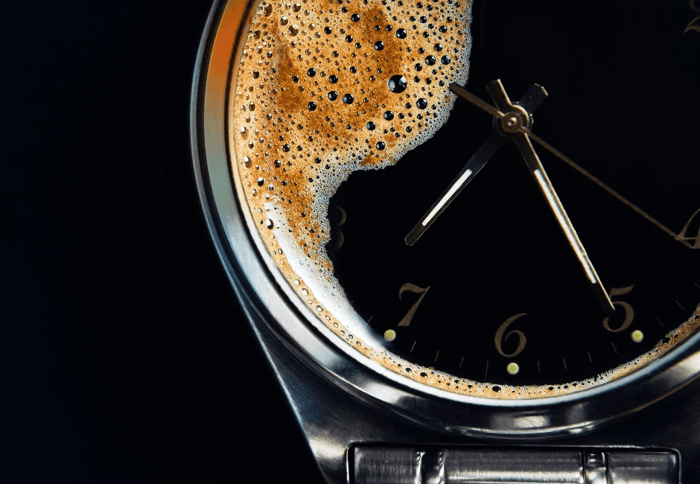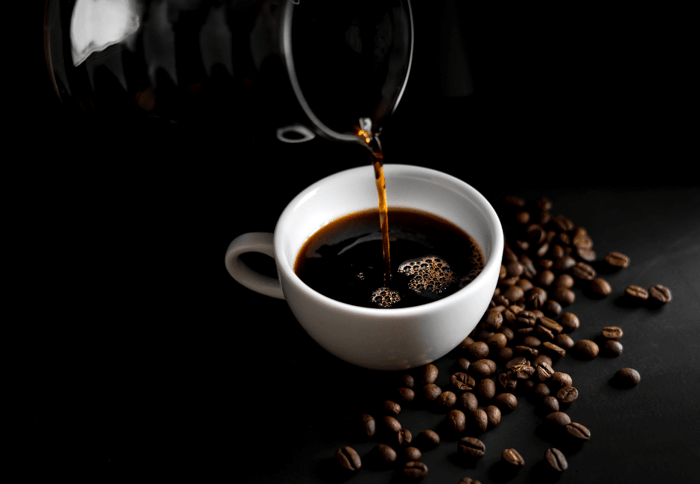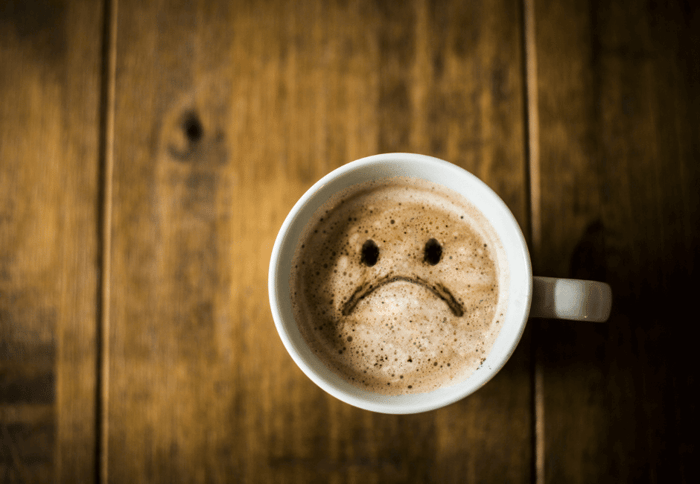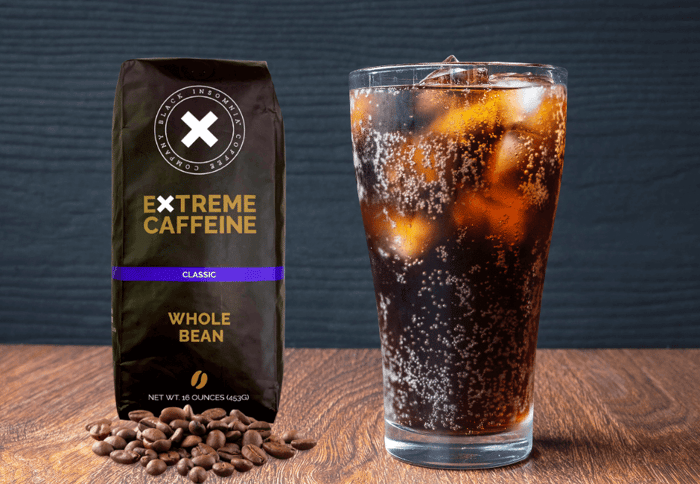If you're a coffee-drinker and a tea-drinker, you may have wondered at some point why coffee isn't packaged in individual bags like tea is.
After all, it would make sense—coffee is a lot like tea. They're both extremely popular beverages that come from plants, they're both brewed in hot water, and they both contain some amount of caffeine.
(Though when it comes to the amount of caffeine, there’s really no contest—coffee is the strongest in caffeine content by far.)
So why isn't coffee packaged the same way?
The Reali-tea of Coffee Packaging
First of all, coffee does come in bags like tea. It's just not that common.
Well, actually it is common. Just not here in the United States.
Japan is probably the biggest market for coffee in sachet form. It's considerably more common to see "coffee bags" in Japan than it is in North America. Or South America. Or Europe, Africa, Australia, or most other countries in Asia for that matter.
(Interestingly, Japan is also where you’re much more likely to find flash brew coffee.)
Single-serving brew bags for coffee definitely exist here in the United States. But here, you'll mostly find them used for coffee samples at trade shows, or in the hospitality industry. Many hotels have upgraded to Keurig brewers at this point, but there are still a lot of single-serve coffee “bag brewers” out there.
Sometimes these coffee “bags” look like plastic cartridges that slide into whatever no-name brewer they’re designed to click into. But if you open them up, you’ll find that inside that cartridge is a simple, oversized “tea bag” of coffee.
Why don't we see them more often?
The thing is, there are a few major downsides—like freshness.
The Freshness Conundrum
Tea leaves (even in ground leaf form) can be stored in a dry, airtight environment and still taste essentially the same months later.
On the other hand, coffee starts to go stale within days—even hours—of being roasted. The amount of air exposure is directly proportional to the rate at which coffee will go stale. And packaging coffee in sachets inside of a box exposes the coffee to a lot of air.
Coffee also needs to be ground before brewing, whereas tea can be brewed with loose leaves. So, in order to package coffee in a bag, the grind would need to be done ahead of time—further decreasing its freshness.
So, while a tea bag can be stored in a box on a grocery store shelf for months or even years, coffee packaged in a similar fashion would taste pretty terrible by the time it made it to your cup. (And indeed, many people report their encounters with coffee bags to be, well… not great.)
Deja Brew
Then there's the fact that coffee just doesn't brew the same way tea does. You need more coffee to make a strong tasting cup than you need tea to do the same, and that requires a much larger single-serve package.
Like one the size of a K-cup, for example.
So, those are some of the reasons you don't see coffee packaged in bags as often as tea. But that's not to say it never happens—you just have to look around for it.
Of course, as with most things, there are still some upsides to coffee bags:
- Like tea bags, they're generally bio-degradable.
- They’re also convenient—more or less. Though not nearly as convenient as a nice, strong K-cup coffee or a Nespresso pod.
- Anecdotal evidence I’ve picked up from friends, myself, and general sentiment around the Internet seems to be that the final cup is considerably better than what you get with instant coffee. But then, that's not really saying much, is it?
Conclusion
There are a few good reasons why you don't see coffee packaged in bags as often as tea.
But if you're still interested in trying it out, you can definitely find coffee bags on the market—or quite possibly waiting for you in your next 3-star hotel room. Just don't expect them to taste as fresh—or as strong—as your usual cup of joe.
Some brands do a better job at keeping air out than others, but the nature of the design means they’ll never be as fresh as vacuum-packaged coffee or single-serve coffee pods.
If you want the convenience of the strongest, most flavorful, single-serving coffee, your best bet is going to be K-Cups or Nespresso pods.





